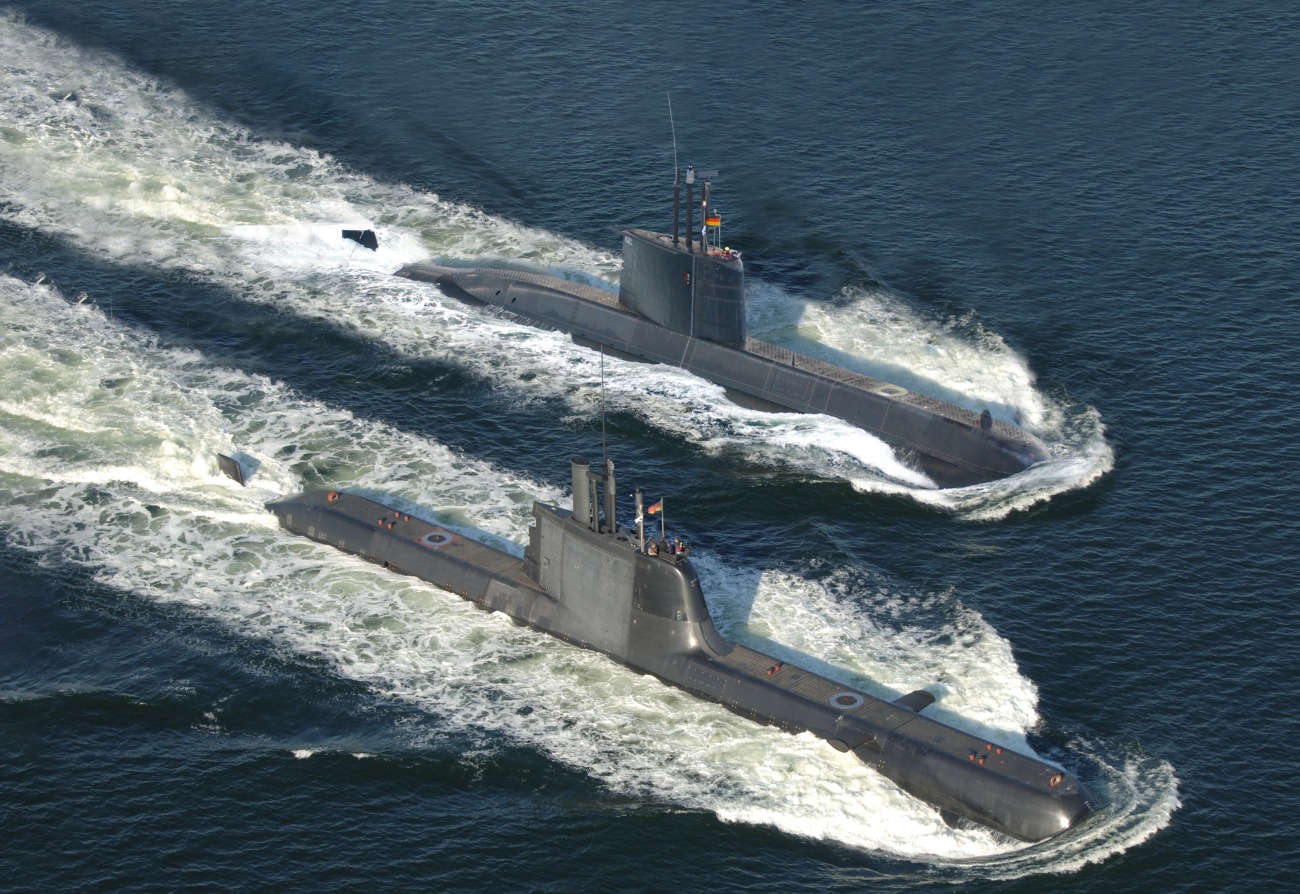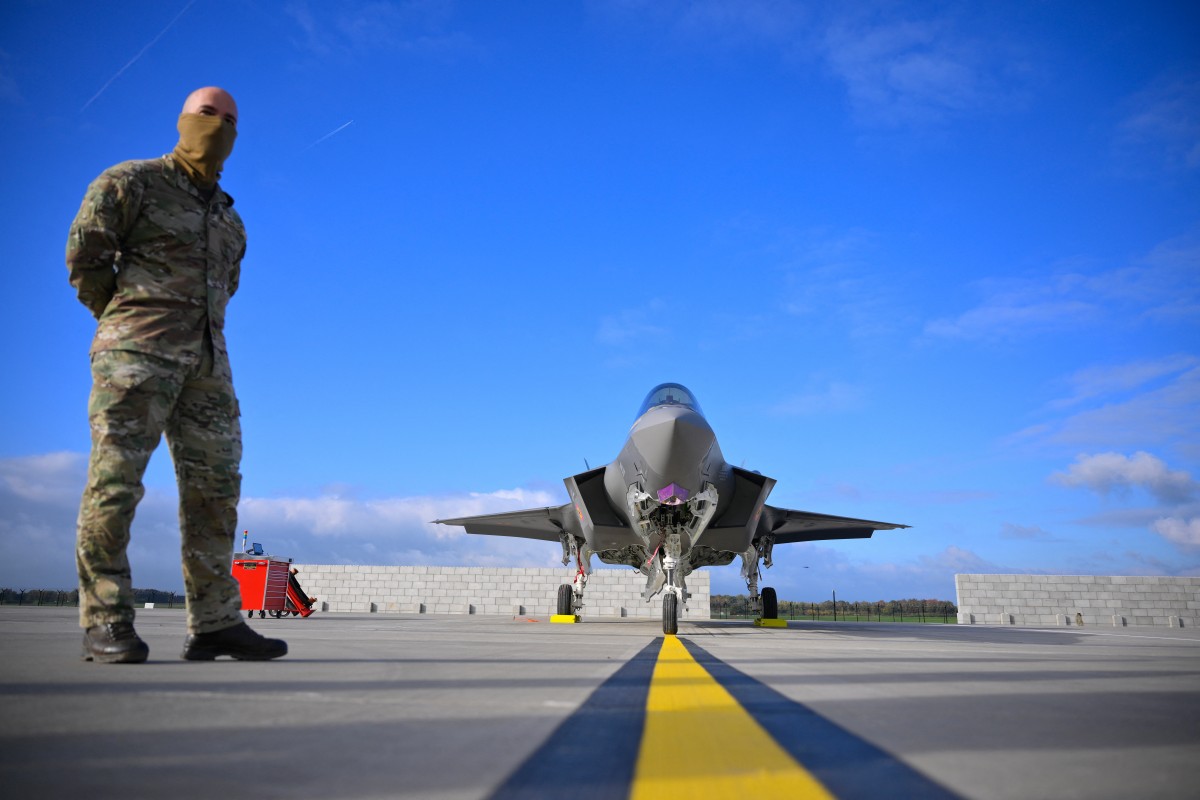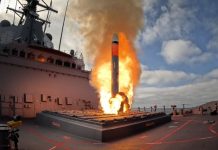Corruption in the military is increasingly a global issue, as evidenced by the scandals and scams that have made headlines in recent months.
At present, the news may be dominated by how the corruption scandal gripping Ukraine threatens Volodymyr Zelenskyy’s presidency, Kyiv’s global reputation, and its battlefield chances, but the phenomenon is also seen in other parts of the world, including China and the United States.
Last fortnight (November 13), authorities in Romania arrested a former senator who allegedly attempted to offer a 1 million euro bribe to the country’s defense minister to facilitate an arms deal that could be fraudulently funded by a European Union program.
Reportedly, the deal in question involved purchasing Russian-type shells in Kazakhstan, importing them to Romania, rebranding them as Romanian shells, and then selling them to Ukraine.
The scam was to create a scheme for future business that could benefit from funding from the EU’s Rearmament of Europe programme, which was launched in March to support arms production within the 27-member bloc.
A similar case was noticed in Bulgaria a few months earlier ( August) when its investigating agencies carried out multiple raids in multiple places, including the capital Sofia, over alleged overpricing in arms sales to Ukraine.
One very important episode regarding corruption in the military is that of China. Last month, nine senior People’s Liberation Army (PLA) officers were expelled from the Communist Party and the military, including He Weidong, formerly China’s second-highest-ranking military officer. They are accused of allegedly committing “serious crimes related to their duties”, an euphemism for corruption.
It may be noted that He Weidong is the highest-ranking general to fall in the anti-corruption storm in recent years and the first serving member of the Politburo – the party’s inner circle – since 2017 to face an investigation while in office. He is also the third general from the current Central Military Commission (CMC) to be disgraced.
Incidentally, alleged corruption in the Chinese military over the past eight years has been an exceptional feature of President Xi Jinping’s anti-graft campaign. So much so that among the disgraced generals are those promoted by Xi himself.
Since 2017, three out of six in 2017, 11 out of 17 in 2019, three out of five in 2020, six out of nine in 2021, 11 out of 12 in 2022, six out of seven in 2023, three out of three in 2024, and eight in 2025 have been those who were promoted by Xi but subsequently falling into the anti-corruption net.
Military-related corruption has also been in the news in the United States.
For instance, in May this year, a group of Democratic Senators tried to halt $3.5bn in weapons sales to the United Arab Emirates and Qatar over concerns that the deals would personally benefit the family of none other than US President Donald Trump.
Sales to the UAE included Chinook helicopters and equipment, F-16 aircraft components, and spare and repair parts to support Apache, Black Hawk, and Chinook helos. Qatar was to buy MQ-9B Predator drones and associated equipment.
These Senators accused Trump of accepting favors in exchange for the deals, citing news that the Emirati investment firm MGX would use a stablecoin – a cryptocurrency whose value is pegged to another asset – issued by the Trump family-backed World Liberty Financial to finance a $2bn investment in the cryptocurrency exchange Binance.
In India, the so-called Boforsgate had brought down the Rajiv Gandhi government in ignominy, blighted the careers of several politicians in governments to come, and exposed the double standards of Swedish global peacemaker Olof Palme and his nation.
India’s premier investigating agency, CBI, is still investigating how executives of the European companies AgustaWestland and Finmeccanica paid kickbacks to intermediaries and to senior members of the Indian government and armed forces to manipulate technical evaluations and secure contracts for India’s purchase of 12 helicopters.
Incidentally, the above instances are only illustrative, not exhaustive.
What these prove is that corruption in the military can manifest as procurement fraud, financial misconduct, or personnel issues.
A study by the Stockholm International Peace Research Institute (SIPRI), the independent Swedish research institute that studies armaments, arms control, and disarmament, reveals that corruption in the arms trade accounts for roughly 40 per cent of all corruption in global transactions. This corruption exacts a heavy toll on purchasing and selling countries, undermining democratic institutions of accountability and diverting valuable resources away from pressing social needs towards corrupt ends.
According to Robert Barrington, Professor of corruption studies at Sussex University, “the international arms trade is probably the single highest risk sector for corruption, and it has been for years”.
The modus operandi here is the form of bribe – the percentage of commission or kickback of the total value of a deal, usually paid to a middleman, who takes his cut before passing the lion’s share on to the politicians and officials who have the ultimate responsibility for deciding how public funds are spent.
It is said that one-third of the world’s top 40 highest military spenders face high to critical corruption risks in their defense sectors. And many of these high spenders often export arms to countries facing much greater corruption risks.
The World Peace Foundation (WPF), affiliated with Fletcher School of Law and Diplomacy, which has a Corruption Tracker (CT) database of 63 countries and 81 companies over the span of 45 years, reveals the involvement of “Global North arms-exporting countries in corruption scandals. More than 4 in 5 of the CT cases involve a NATO member, and 69% involve at least one Global North country selling to one or more countries in the Global South”.
However, and the WPF finds this a big irony, when this data is compared with the Corruption Perceptions Index (CPI), the most widely used global corruption ranking, two different pictures emerge.
The CPI ranks countries by “perceived” levels of public-sector corruption among experts and businesspeople. 86% of CT cases involve a seller country ranked among the 30 least corrupt countries by the CPI!
In other words, countries like the U.S., Israel, the U.K., Germany, and France may be “perceived” to be less corrupt countries, but CT finds them to be highly corrupt in the arms trade.

For instance, the WPF study notes that Transparency International’s Defence Companies Index (DCI), which assesses the levels of public commitment to anti-corruption and transparency in the corporate policies and procedures of 134 of the world’s largest defense companies, diverges from some of the evidence in its CT database. The companies most frequently featured on the Corruption Tracker – BAE Systems (8 cases), Leonardo (5 cases), and ThyssenKrupp (5 cases) – are ranked relatively favorably by the DCI.
Leonardo is listed as the least corrupt arms company on the Index, while BAE and ThyssenKrupp both rank as “B”, indicating a “high” commitment to anti-corruption and transparency.
WPF challenges all this, raising questions about the reliance on what it says: “self-published data and the extent of due diligence undertaken regarding a company’s external public record.”
The WPF study also shows that, in many cases, the bribes paid on the deal amounted to more than double the deal’s original value.
“Price gouging”, it says, is a growing issue within the arms trade, and the examples are vast. The arms industry is small and highly consolidated, with government procurement departments frequently locked into sole-source contracts with a limited number of suppliers. This arrangement grants these companies the freedom to set whatever prices they wish. Here, large-scale military programs are particularly vulnerable, with subcontractors further driving up expenses through inflated bids and hidden fees at multiple stages of the supply chain.
The study cites, in this regard, the case of the AUKUS trilateral security partnership among Australia, the United Kingdom, and the United States, which is projected to cost approximately AUD$368 billion by 2050.
As part of AUKUS, Australia would be obliged to purchase up to eight nuclear-powered submarines. Before this, the Australian government terminated a €56 billion contract it already held with France for conventional submarines, incurring a €555 million penalty to Naval Group, a huge amount of money wasted.
Similarly, the Hunter-class frigate program, in which the Australian government would purchase multiple frigates from BAE Systems, has faced scrutiny for its soaring costs, which have risen from the initial agreement of AUD$35 billion to AUD$65 billion.
Other such instances cited include Tanzania’s Air Traffic Control System, the Indonesian AW101 Helicopter Deal, and Missing Mortar Rounds in Ukraine.

For the WPF, the most notorious example is the Lockheed Martin F-35 fighter jet, the most expensive weapons program in history.
“The cost of the F-35 program, which has now been extended to 2088, is expected to have a lifetime cost topping $2 trillion. This includes $1.6 trillion in sustainment costs and $442 billion in acquisitions (as of April 2024).37 This is a total cost equivalent comparable to the annual national budget of Germany, the largest economy in Europe. Not to mention that Lockheed Martin decided on a $30 million settlement with the Department of Justice for massively inflating prices in relation to the F-35 program. These cost overruns are not a rarity in the arms industry, but are a commonality; another US program being the production for a new generation of nuclear intercontinental ballistic missiles (ICBMs), currently projected to surpass nearly $141 billion, 81 percent over the 2020 program budget ($214,000,000 per missile)”, it says.
The study further notes that between 2011 and 2019, the US contributed almost $240 million to Niger’s military budget as it embarked on a military spending spree totaling about $1 billion.
However, the auditors found that more than $137 million had been lost to corruption, over-invoicing, and wasteful spending.
“They sourced a good deal of equipment from Russian, Ukrainian, and Chinese state-run arms companies. Key figures within Niger’s ruling party at the time effectively hijacked the country’s defense budget, seizing the opportunity, just as so often happens in military procurement, to enrich themselves at the nation’s expense”.
If anything, the above instances only reflect a number of systemic features associated with corruption in the global arms business. Two are particularly noteworthy.
One is the factor of “secrecy,” rationalized in the name of national security, thereby shielding things from public scrutiny.
The other is limited competition among suppliers, particularly in capital-intensive projects, which increases the potential gains from corruption.
- Author and veteran journalist Prakash Nanda is Chairman of the Editorial Board of the EurAsian Times and has been commenting on politics, foreign policy, and strategic affairs for nearly three decades. He is a former National Fellow of the Indian Council for Historical Research and a recipient of the Seoul Peace Prize Scholarship.
- CONTACT: prakash.nanda (at) hotmail.com




